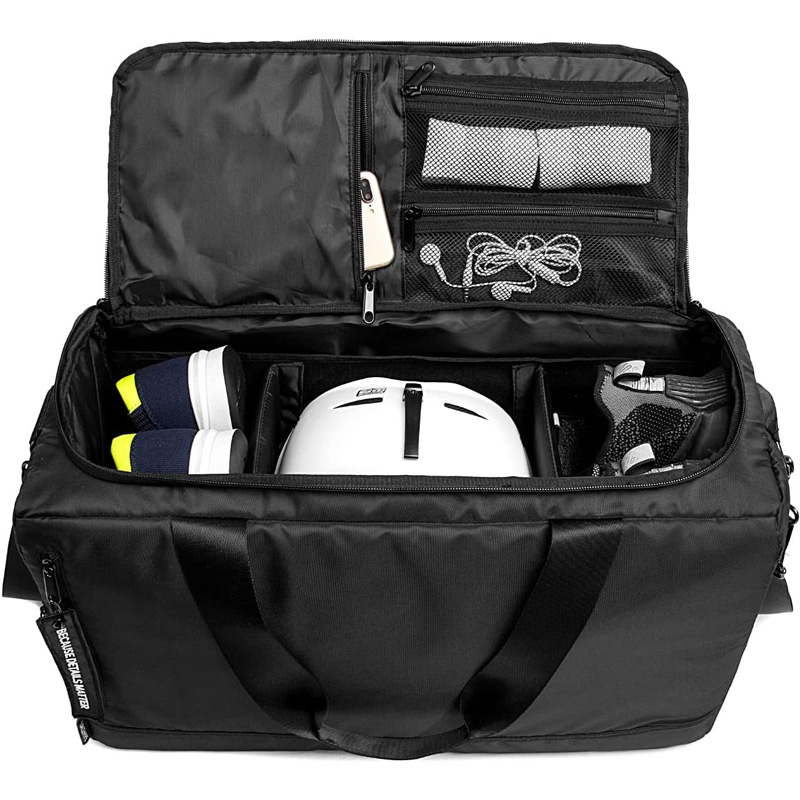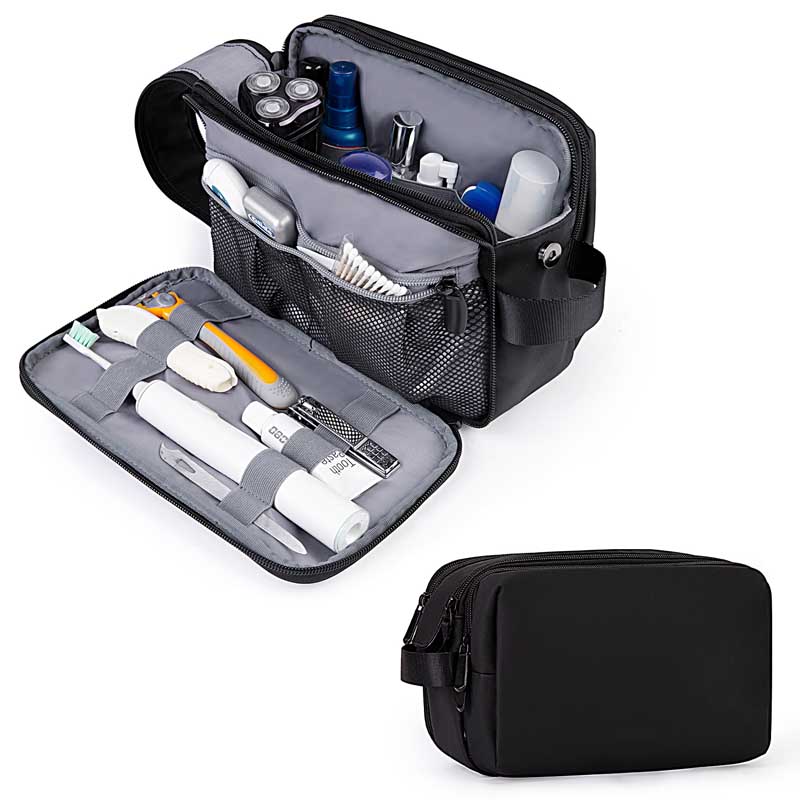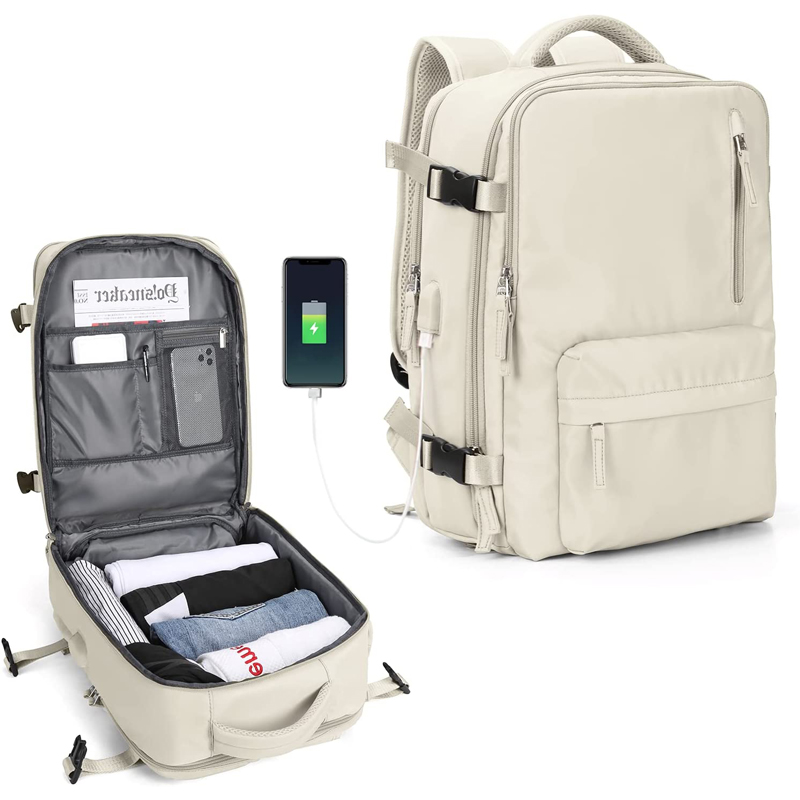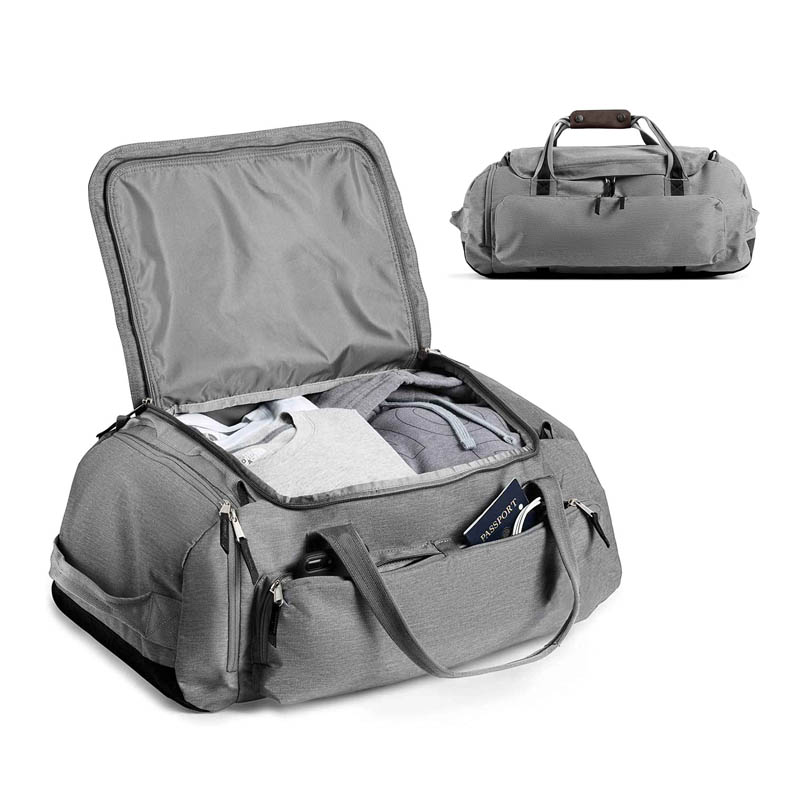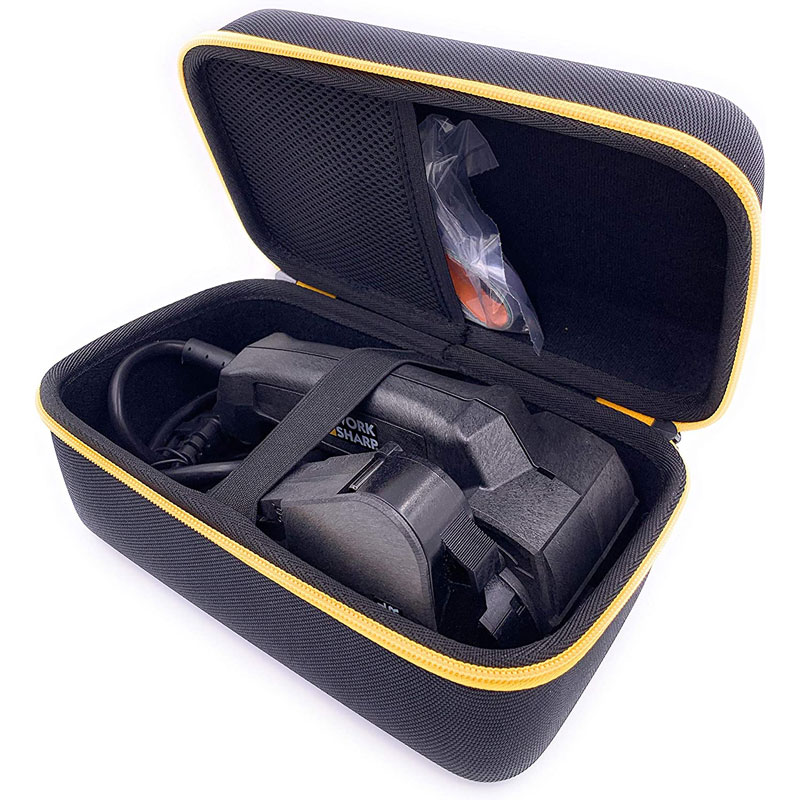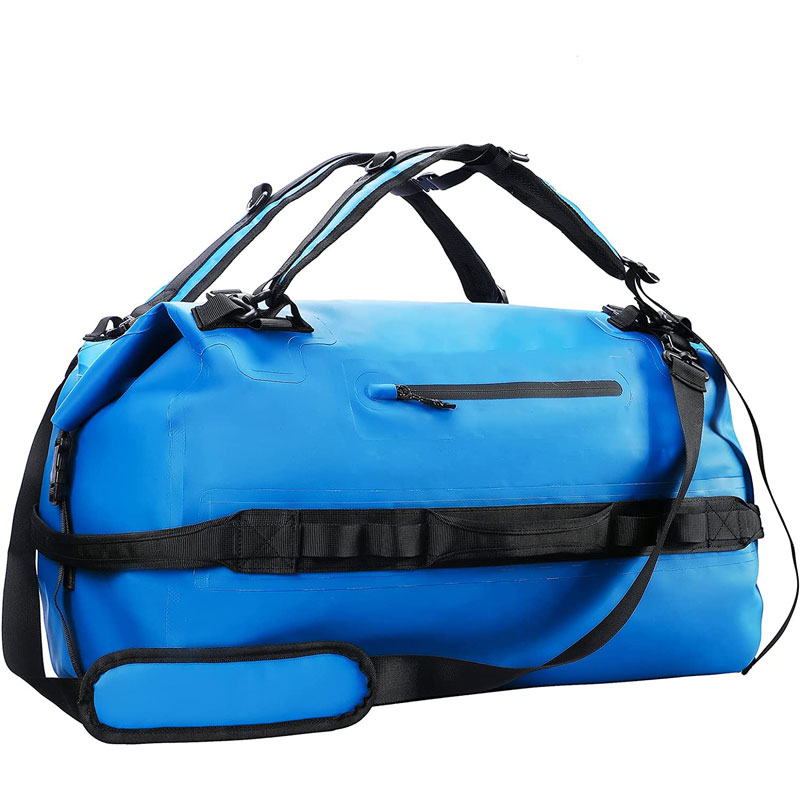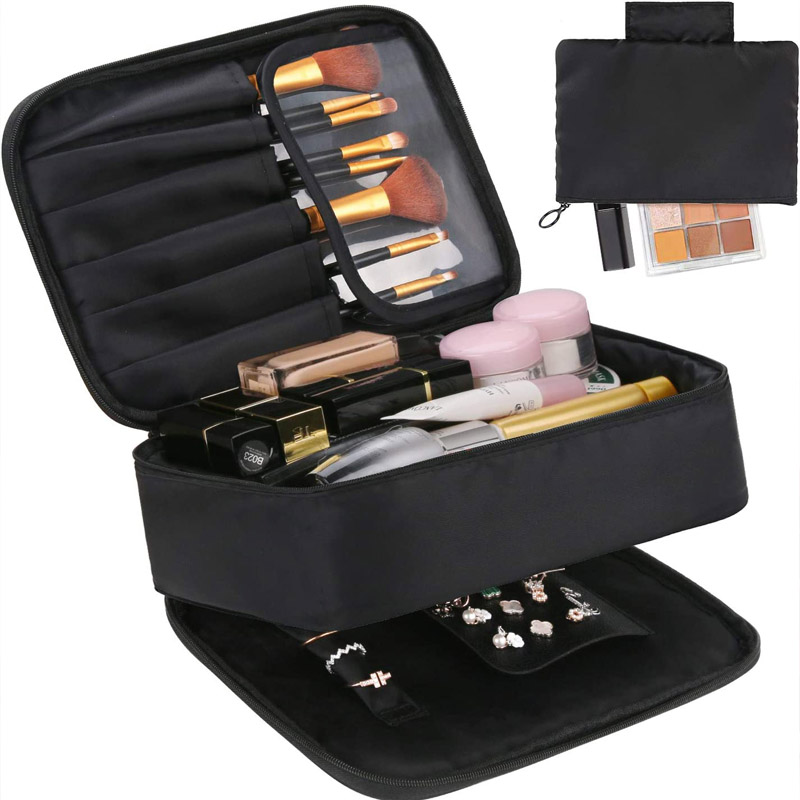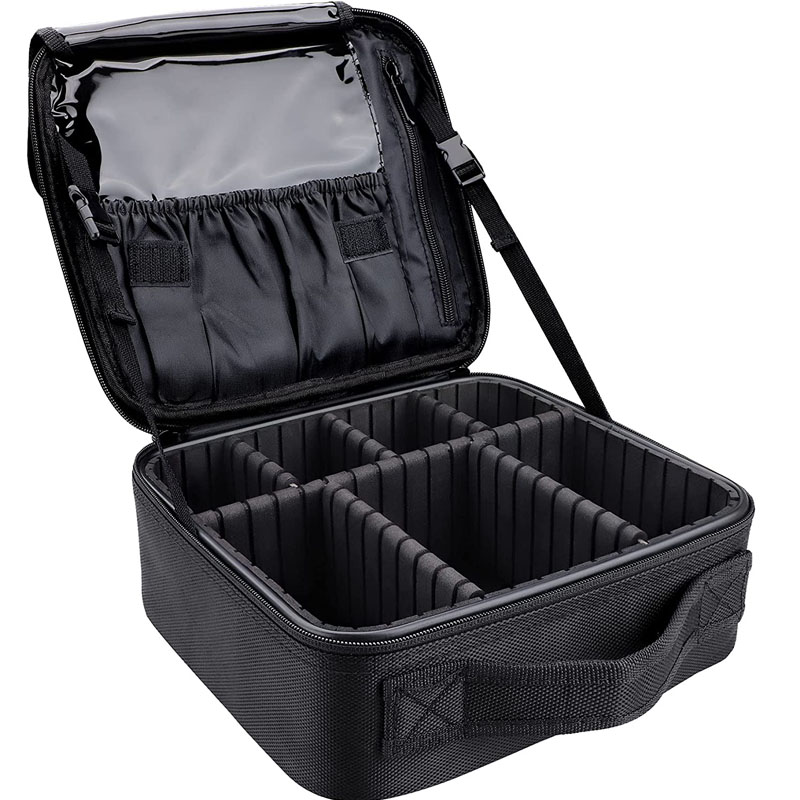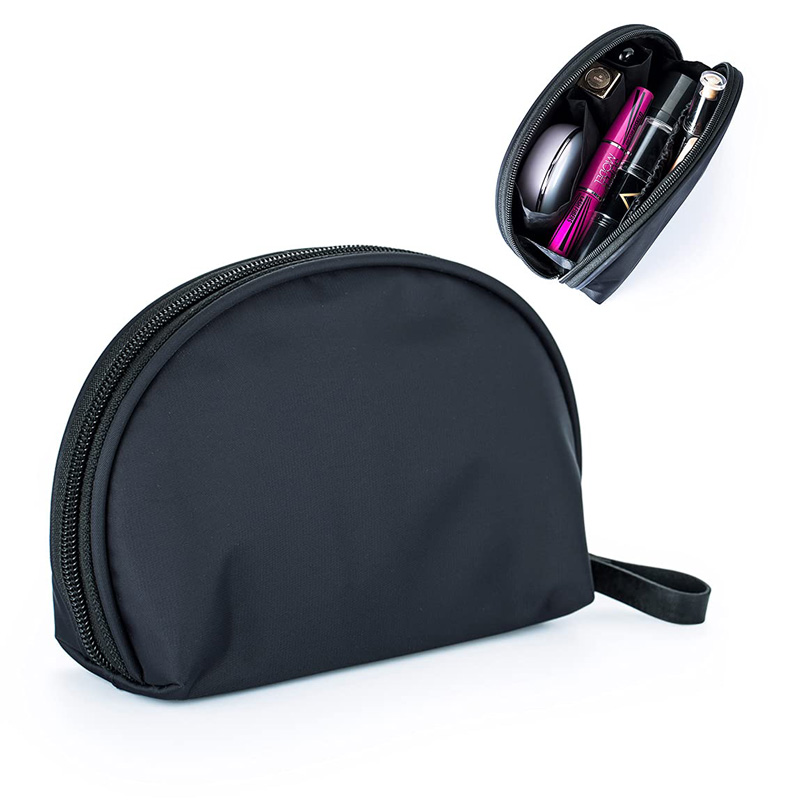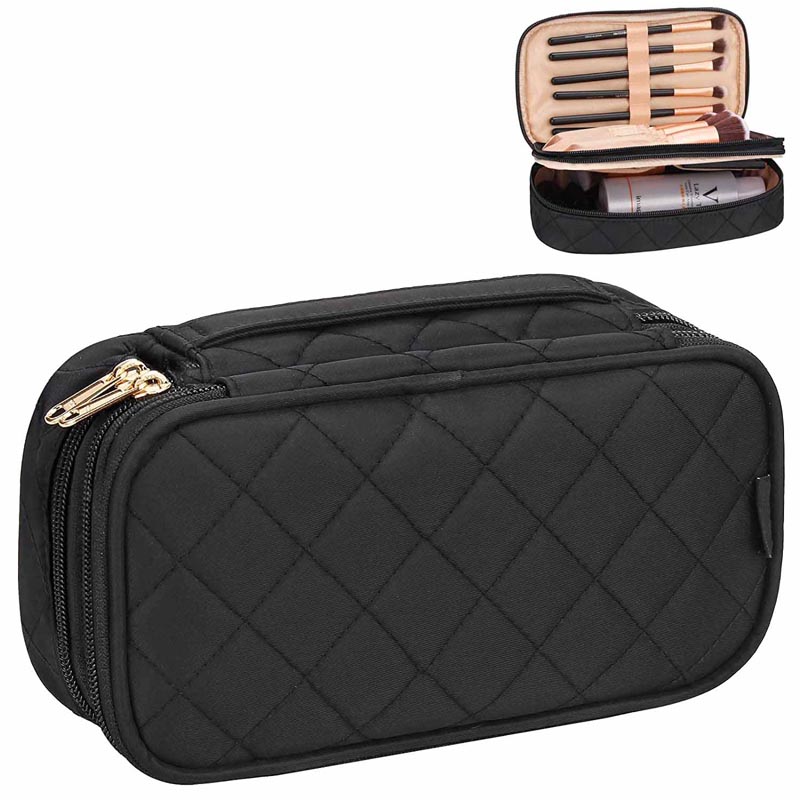I can help you with that. A custom PU leather waist bag can be a fashionable and practical accessory. Here are some considerations and steps you can follow to create a custom PU leather waist bag:
2. Measurements: Take accurate measurements of the waist bag's dimensions, such as the length, width, and depth of the main compartment and any additional pockets. Determine the size that will accommodate your needs.
3. Material: Decide on the specific PU leather material you want to use for the bag. PU (polyurethane) leather is a synthetic alternative to genuine leather that is durable, flexible, and often more affordable. There are various colors and finishes available, so choose one that suits your style.
4. Hardware: Consider the type and color of hardware you want for your waist bag. This includes zippers, buckles, D-rings, and other decorative elements. Choose hardware that complements the style and color of your chosen PU leather material.
5. Construction: Decide if you'll be making the waist bag yourself or if you'll be using the services of a professional leatherworker. If you're making it yourself, gather the necessary tools such as a sewing machine, needles, thread, leather adhesive, and measuring tools.
6. Pattern and cutting: Create a pattern based on your design and measurements. Transfer the pattern onto the PU leather material and carefully cut out the pieces needed for your waist bag. Take care to cut precisely and use sharp tools to ensure clean edges.
7. Assembly: Use a leather adhesive or sewing machine to join the pieces together. When sewing PU leather, consider using a leather needle and polyester thread, as these are better suited for synthetic materials. If using adhesive, follow the manufacturer's instructions for the best application.
8. Finishing touches: Attach the hardware, such as zippers, buckles, and D-rings, as specified by your design. Ensure they are securely fastened to the bag.
9. Lining (optional): If desired, you can add a fabric lining to the inside of the bag for a finished look. Cut and sew the lining according to the bag's shape and dimensions, and then attach it to the main bag.
10. Testing and adjustments: Once the bag is assembled, test its functionality and make any necessary adjustments. Ensure that zippers open and close smoothly, straps are comfortable, and the bag can securely hold your belongings.
Remember that creating a custom waist bag requires some level of skill and experience, especially when working with leather or leather-like materials. If you're unsure about any step, consider reaching out to a professional leatherworker or tailor who can assist you in bringing your custom waist bag to life.
Harmony Bags has been engaged in bag manufacturing for 20 years. We are a professional company in producing various kinds of bags,such as cosmetic & toiletry bags, backpacks, travel bags, waterproof bags and waist bags. Our monthly production capacity is 500,000 bags. We can guarantee reliable quality, on-time delivery and good service.
